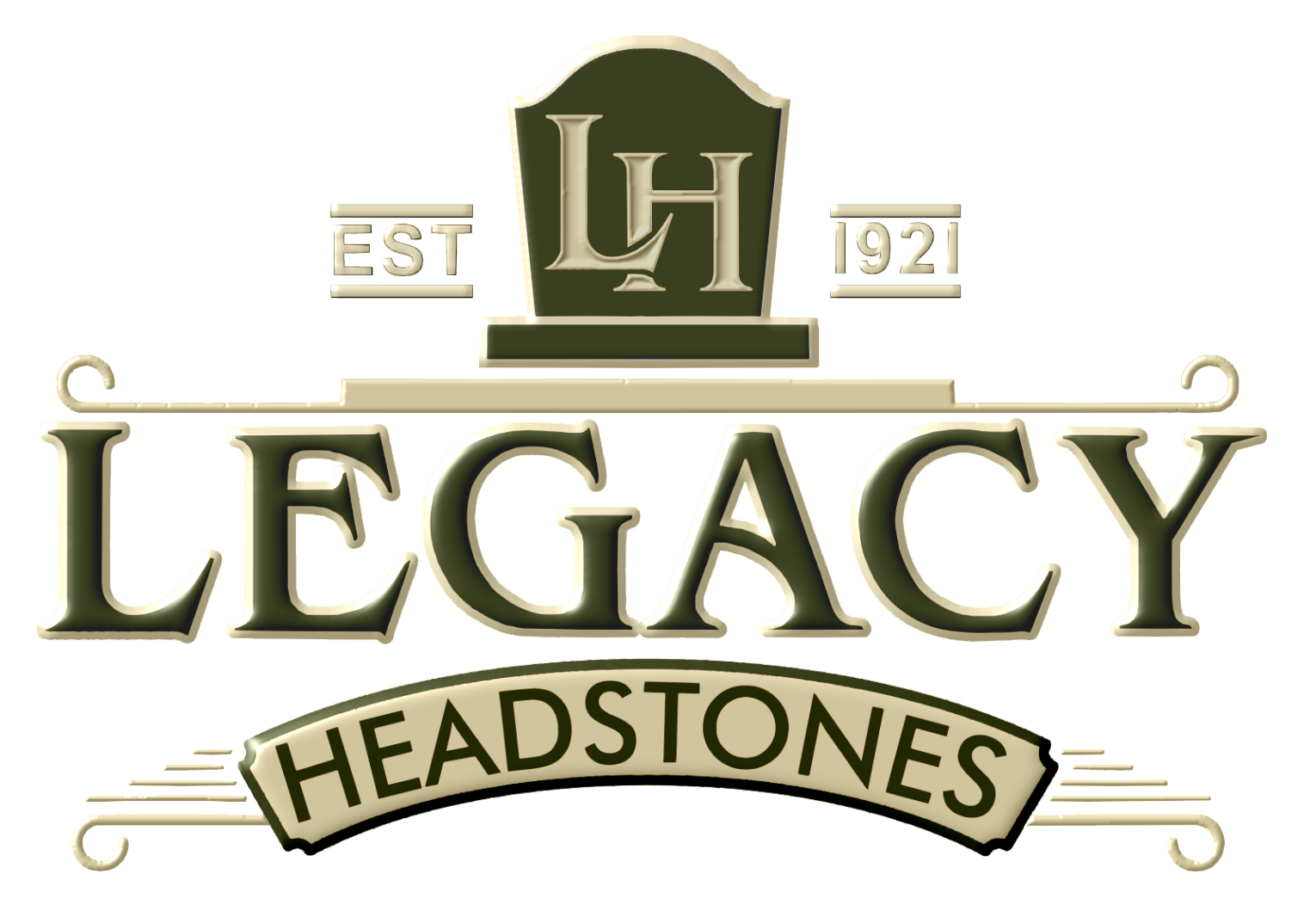By foot, carriage, or vehicle, a funeral procession often takes place from a funeral home or a place of worship to the cemetery or a crematorium. Today, we associate a hearse as part of and a signal of a funeral procession—but where did this practice come from? How has it evolved over the centuries?
We take a look at the history and evolution of graveyard processions.
Ancient Practices
The first funeral processions that we know of began in Egypt. Hieroglyphic writing tells experts that ancient Egyptian processions were profoundly important to their spirituality and belief that one must prepare appropriately for the afterlife.
Affluent members of society often held grand and meticulously planned processions precisely seventy days after the deceased had passed. The procession frequently included family members, priests, and professional mourners, while an Oxen pulled the body on a wagon-like sled bearing the deceased to the edge of the Nile.
Those in the procession and the body then boarded boats that crossed the river to the burial grounds in the Valley of the Kings, representing the transition from life to the afterlife. This voyage mirrored the sun god Ra's trip across the sky.
Greeks and Romans
Ancient Greeks and Romans held funeral processions rooted in paying tribute to one's family, heritage, and societal contributions. Greek processions were typically held at dawn and included mourners and a horse-drawn hearse to carry the body. Romans had their processions at night, with torch-bearing mourners and elaborate displays of the deceased achievements.
The scale of a Greek or Roman procession depended on the deceased wealth and standing within society. Roman funeral processions stood out from Greek by hiring professional mourners, called praeficae, to weep and sing, and other procession participants would hold onto and show portraits of other deceased relatives from the family line as they walked.
Greek funeral processions were led by female relatives, who were also responsible for washing, anointing, and dressing the body.
Middle Ages
The Middle Ages, or The Medieval era, introduced more Christian practices into funeral processions. They became more solemn, subdued, and respectful to the deceased and in reflection of the belief in a heavenly afterlife.
Preparations for the procession and funeral often began in the home. The body was cleansed, dressed in the finest clothing they owned, and adorned with their most precious possessions. Priests and clergy would then lead the funeral procession from home, reciting prayers and Psalms, with the Cross borne as a symbol of hope and resurrection. Family and close friends would follow behind.
The route was often planned to include essential landmarks and to pass through crowded areas within a town or city, where neighbors and townsfolk would then join in to express their faith and support for those in mourning.
The plague outbreak during the Middle Ages profoundly affected funeral processions. As death became such a frequent and often overwhelming occurrence, it became vital to handle the dead as quickly as possible. Processions either stopped entirely or were less elaborate and far more hurried, reflecting the grim reality of the plague. Despite the change, the purpose of the procession remained the same: to honor the dead and comfort the living.
Rennaissance
The Renaissance period spanned between the 14th and 17th Centuries and is considered a time of enlightenment that dramatically changed art, craftsmanship, fashion, literature, and government structures. The era also observed a significant shift in attitudes toward death.
Funeral processions included customs such as the use of effigies to replace the actual body to ensure a more dignified presentation. For those with wealth and status, these would often be displayed in churches after the funeral service.
Family members and clergy would carry items depicting the deceased's achievements. A renowned artist might be honored with a procession of people holding their paintings; a stonemason might have drawings of the buildings they designed and created; scholars may have books they studied carried by those in the procession.
19th Century to Today
Between the French Revolution and World War I, profound changes impacted almost every facet of daily life, including how we dealt with death and dying. Processions were no longer large public affairs but intensely private and intimate, often held only for family and close friends.
With the Industrial Revolution, funeral customs were reshaped once more. Urbanization meant that people passed away far from their birthplaces, which led to longer and more formal events that required transport by horse, which carried over into the Victorian era.
The rise of funeral directors in the 20th Century, who organized processions with family and clergy, led to more standardized and efficient processions with regulations ensuring the body's honorable handling and transfer.
The most significant change to processions in today's era was the introduction of a motorized hearse, providing a quicker, less strenuous means of transporting the deceased to cemeteries. These days, processions can be as elaborate, subdued, or choose not to hold one as the family and deceased wishes.
We hope we've helped you explore and understand the history and evolution of funeral processions and how they continue to reflect or change our perspective on death, mourning, and memorials.

